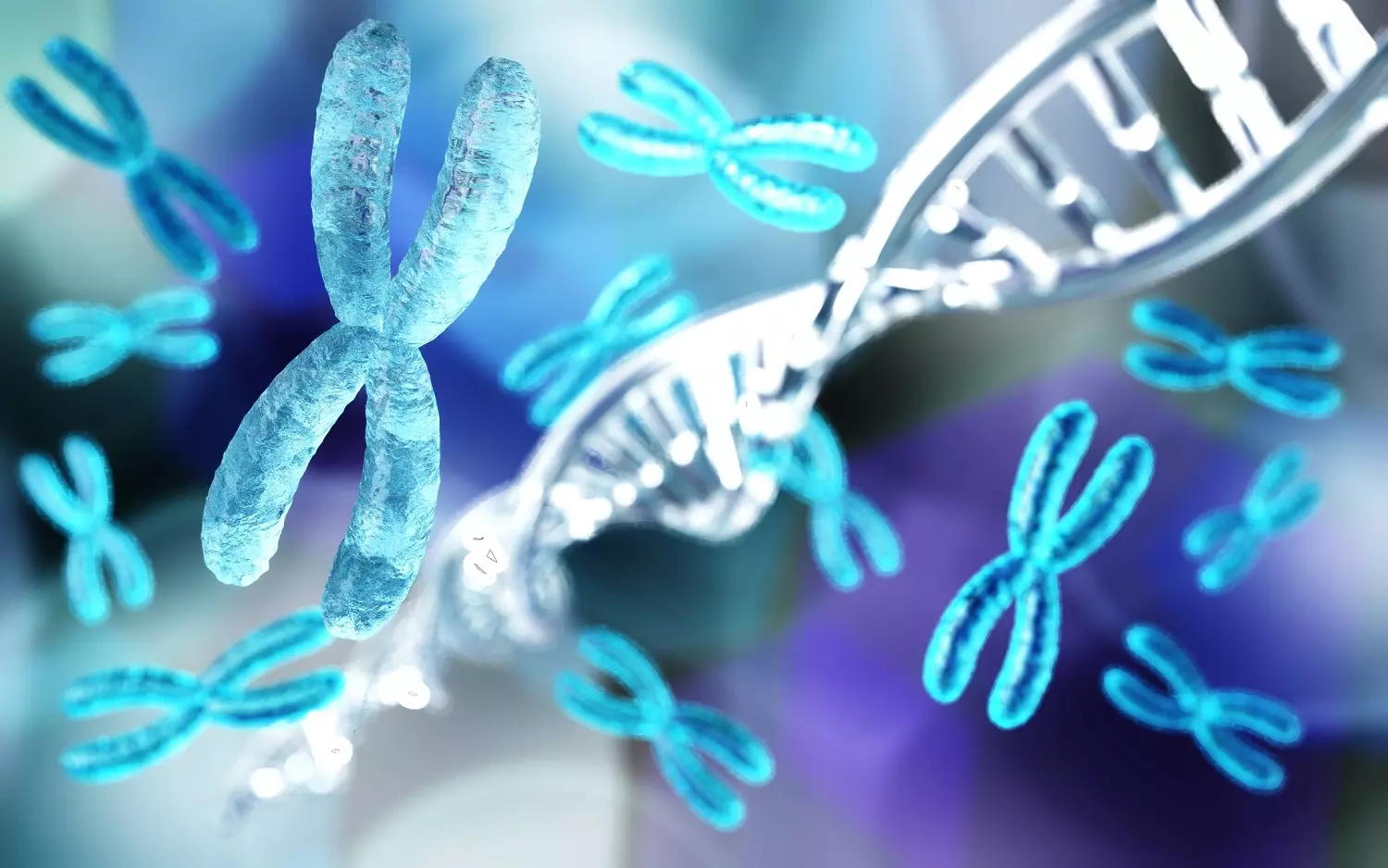[Originally published as Genome Sizes and Evolution]
While prokaryotes [single-cell organisms without a nucleus membrane] and eukaryotes [everything else] share a common genetic code in DNA, it is only a slight exaggeration to claim they share little else in common in their genomes. Part of this difference comes from how the DNA is stored, which vastly differs between the two.
However, perhaps the most significant difference is in genome size and the non-coding sections of the genome.
Prokaryotic genomes are generally far smaller than their prokaryotic counterparts. There are exceptions of course, with a few of the largest prokaryotic genomes being larger than the smallest eukaryotic ones, but the general principle holds up well (Graur, 2016). The existence of such a principle causes scientists to ask why it exists.
To understand the driving force behind the difference in size, however, it is important to realize that there is a tight correlation between prokaryotic genome size and gene content.
For example, in larger prokaryotes, there is a linear correlation between genome size and the number of regulatory genes (Tiedje and Konstantinidis, 2004). This linear fit was confirmed by Lin and Huo (2009). Interestingly, prokaryotic genomes also seem to shrink as an adaptation to specialized habitats (Sabath et al, 2013), as well as specialized lifestyles (Moya et al, 2002). This seems to indicate that the generalists, which live in variable habitats, maintain larger genomes to be more adaptive, while specialists that live in more stable habitats can afford to lose genes no longer needed. This hypothesis was supported by Bentkowski et al (2015), where the authors determined variable habitats were correlated with larger genomes.
By contrast, there is little to no correlation between gene number and genome size in eukaryotes (Gregory and Elliot, 2015). While Lin and Hou (2009) found a logarithmic correlation between eukaryotic genome size and the number of protein-coding genes, no straightforward correlation has been elucidated as yet. No one had predicted this, but it eventually led to the development of the C-value paradox. This paradox points out that there is no correlation, or at best a very weak one, between genome size and the number of protein-coding genes. This is quite different from the prokaryotic genome, where such a correlation is strong and mostly linear.
Junk DNA to the Rescue?
The C-value paradox was supposedly solved by appealing to junk DNA (Pagel and Johnstone, 1992). Junk DNA is shorthand for any section of the genome that escapes selective pressure. Because significant portions of the eukaryotic genome are composed of these junk sequences, the C-value paradox evaporates. In this view, the eukaryotic genomes are large because they are composed of largely non-functional sequences. These sequences are usually the result of the accumulation of transposable elements (Chenais et al, 2012), though other mechanisms are involved as well.
Junk DNA has not been without its detractors. The release of the ENCODE project results (ENCODE, 2007) led to a bitter battle over the existence of junk DNA, as ENCODE postulated much of the genome could have a function.
The dispute has led to new attempts to solve the C-value paradox. For example, the genome balance hypothesis, which attempts to explain both the C-value paradox and junk DNA (Freeling et al, 2015). Of course, from a creationist perspective, there is no C-value paradox because it assumes common ancestry. If common ancestry is removed as an assumption, protein-coding genome sizes become the product of design, which is separate for each kind.
Genome streamlining has been suggested as a potential mechanism for keeping prokaryotic organisms from accumulating junk and removing genes that are no longer necessary (Giovannoni et al, 2005). However, as Bentkowski et al (2015) pointed out, streamlining seems to occur only in the specialists, not the generalists. Thus, genome streamlining cannot be the universal answer.
To increase genome size, prokaryotes rely heavily on horizontal gene transfer (HGT), where microorganisms share genes with one another (Treangen and Rocha, 2011). While HGT events are common, they are not often fixed in populations and are, according to Higgs and Vogan (2011), generally harmful to prokaryotes. Berg et al (2003) made similar points.
HGTs may occur frequently between individuals but, unless the transferred sequence is strongly selected for, it is unlikely to persist in the population These facts make it unlikely that prokaryotic genomes are likely to enlarge. Individual prokaryotic organisms may gain a sequence, or even a function utilizing HGT, but unless the sequence persists in the population, the genome size of the population will not increase much on average. This lack of fixity means that upward evolution cannot occur in prokaryotes.
While HGTs do not often increase the genome size of prokaryotes, deletions can cause them to shrink. There is a deletion bias across all organisms (Kuo and Ochman, 2009), and is pronounced in prokaryotes (Ochman et al, 2001). Koonin et al (2018) acknowledged this bias in proposing that positive selection propelled the evolution of the prokaryotic genome, balanced by deletion bias. It seems that this deletion bias helps keep prokaryotic genomes small, and largely functional.
Eukaryotic and prokaryotic genomes vary greatly. Prokaryotes have genomes much smaller than eukaryotes; genomes that are also largely devoid of noncoding DNA. This lack of noncoding DNA can be attributed to prokaryotes undergoing different methods of genome enlargement than eukaryotes. Such enlargements are rare since there is situational selective pressure to remove unneeded genes.
These differences, and others, create a wide gulf between eukaryotic and prokaryotic genomes. Such a gulf is not expected by a progressive, upwardly mobile evolutionary process. However, such a gulf is expected from a creationist perspective that considers each created kind as separate, without any joined ancestry.
References
Bentkowski P. Oosterhout C.V. Mock T. 2015. A model of genome size evolution for prokaryotes in stable and fluctuating environments. Genome Biol Evol. 7(8):2344-2351.
Berg O.G. Kurland C.G. Canback B. 2003. Horizontal gene transfer: A critical view. Proc Natl Acad Sci U S A. 100(17):9658-9662.
Chenais B. Caruso A. Hiard S. Casse N. 2012. The impact of transposable elements on eukaryotic genomes: from genome size increase to genetic adaptation to stressful environments. Gene. 509(1):7-15.
Freeling M. Xu J. Woodhouse M. Lisch D. 2015. A solution to the C-value paradox and the function of junk DNA: the genome balance hypothesis. Mol Plant. 8(6):899-910.
Giovannoni S.J. Tripp H.J. Givan S. Podar M. Vergin K.L. Baptista D. Bibbs L. Eads J. Richardson T.H. Noordewier M. et al. 2005. Genome streamlining in a cosmopolitan oceanic bacterium. Science. 309(5738):1242-1245.
Graur D. 2016. Molecular and genome evolution. 1st. Sunderland, (MA). Sinauer Associates, Inc. 505.
Gregory T.R. Elliot T.A. 2015. What’s in a genome? The C-value enigma and the evolution of eukaryotic genome content. Philos Trans R Soc Lond B Biol Sci. 370(1678).
Higgs P.G. Vogan A.A. 2011. The advantages and disadvantages of horizontal gene transfer and the emergence of the first species. Biol Direct. 6(1).
Koonin E.V. Sela I. Wolf Y.I. 2018. Estimation of universal and taxon-specific parameters of prokaryotic genome evolution. PLoS One.
Kuo C.H. Ochman H. 2009. Deletional bias across the three domains of life. Genome Biol Evol. 1:145-152.
Lin S. Hou Y. 2009. Distinct gene number-genome size relationships for eukaryotes and non-eukaryotes: gene content estimation for dinoflagellate genomes. PLoS One.
Moya A. Gil R. Sabater-Munoz B. Latorre A. Silva F.J. 2002. Extreme genome reduction in Buchnera spp.: toward the minimal genome needed for symbiotic life. Proc Natl Acad Sci U S A. 99(7):4454-4458.
Ochman H. Mira A. Moran N.A. 2001. Deletional bias and the evolution of bacterial genomes. Trends Genet. 17(10):589-596.
Pagel M. Johnstone R.A. 1992. Variation across species in the size of the nuclear genome supports the junk-DNA explanation for the C-value paradox. Philos Trans R Soc Lond B Biol Sci. 249(1325).
Sabath N. Ferrada E. Barve A. Wagner A. 2013. Growth temperature and genome size in bacteria are negatively correlated, suggesting genomic streamlining during thermal adaptation. Genome Biol Evol. 5(5):966-977.
The ENCODE Project Consortium. 2007. Identification and analysis of functional elements in 1% of the human genome by the ENCODE pilot project. Nature. 447:799-816.
Tiedje J.M. Konstantinidis K.T. 2004. Trends between gene content and genome size in prokaryotic species with larger genomes. Proc Natl Acad Sci U S A. 101(9):3160-3165.
Treagen T.J. Rocha E.P.C. 2011. Horizontal transfer, not duplication, drives the expansion of protein families in prokaryotes. PLoS Genet.







